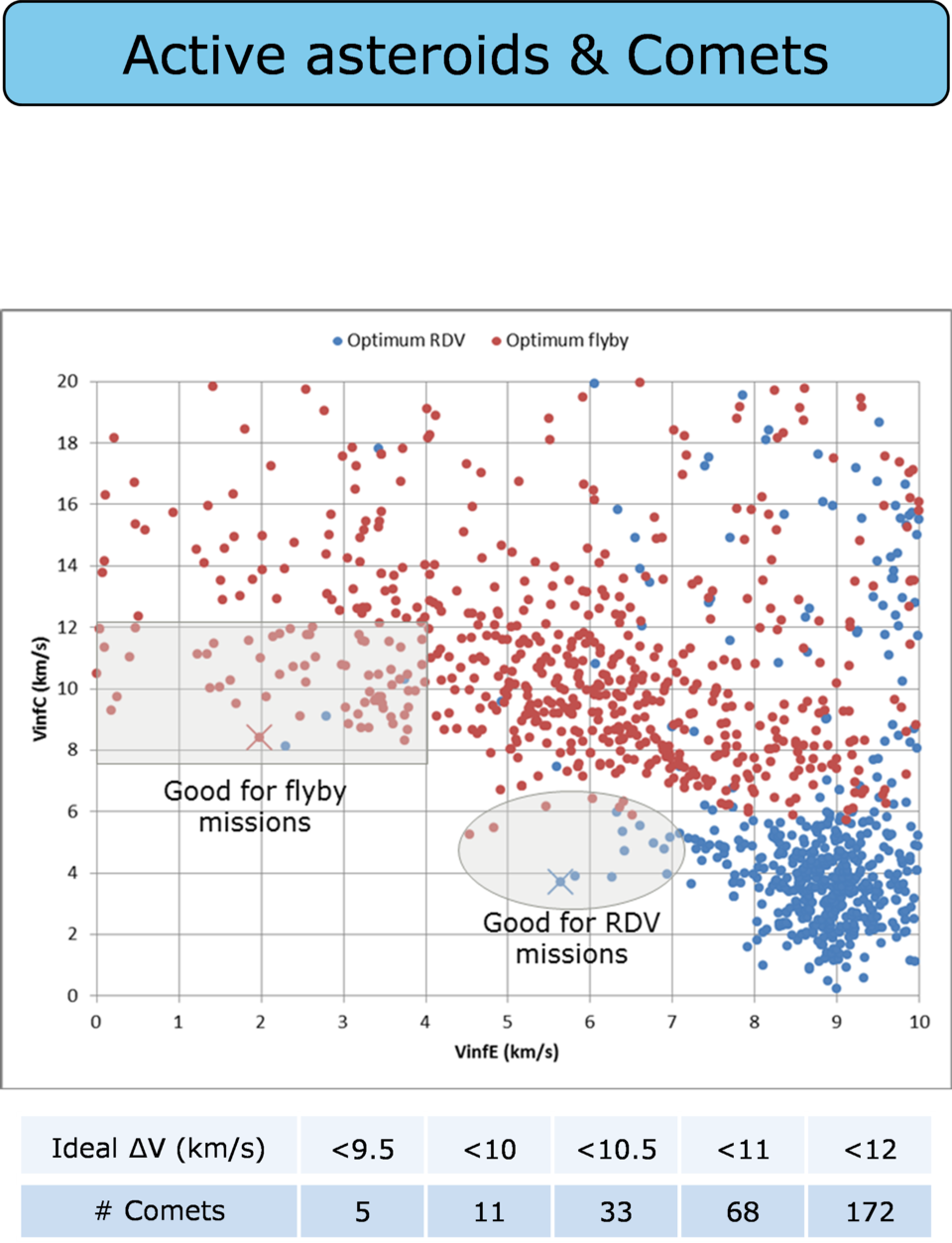Small Planetary Platforms – A CDF Study
When the Solar System was formed, planetesimals constituted the building blocks of protoplanets and eventually of the planets themselves. Asteroids and comets are the remainders of that early stage and thus are of intense interest to the science community.
Requested by SCI-FM in the framework of the Call for New Science Ideas, the CDF Small Planetary Platforms (SPP) study carried out an assessment of small planetary mission concepts including a mothercraft and a swarm of small satellites.
The concept studied was a flexible system aiming to perform multi-point (and possibly multi-target) measurements around small bodies (asteroids and comets), as well as planets like Mars or Venus and Mars moons, allowing the scientific community to gather information from different locations of these targets simultaneously. The potential interest in "multi-point measurement science" has been highlighted during a dedicated workshop with representatives from the science community and following missions like Rosetta.

After some iterations with representatives from the science community on the initial concept, the following two reference scenarios were selected for study:
A radar tomography mission around an inactive Near Earth Asteroid (NEA)
A volatiles investigation mission around an active asteroid in the main asteroid belt.
The CDF study M-ARGO had already assessed the feasibility of flying to a NEO with a small-class satellite (a cubesat in fact). In the SPP study an architecture was selected in which a mothercraft, carries the flotilla of small satellites in a protected environment to the vicinity of the selected body and also performs the data relay function back to Earth. The use of small satellites allows not only for multi-point measurements, but also to perform observation in closer proximity of the target.
The main goal of the study was to provide a “tool-box” of technical building blocks that the community can use to develop new planetary missions architectures, in reply to future science calls.


